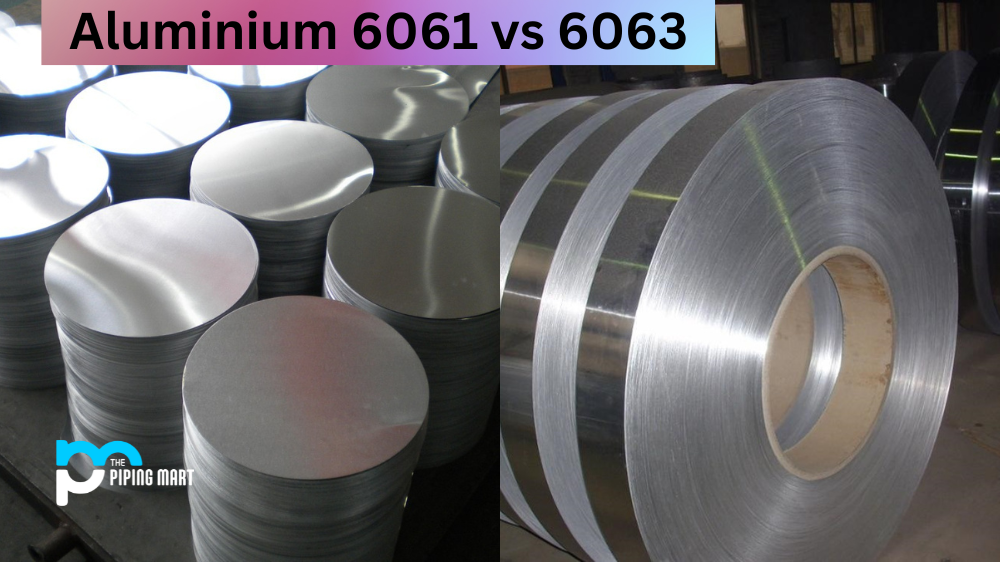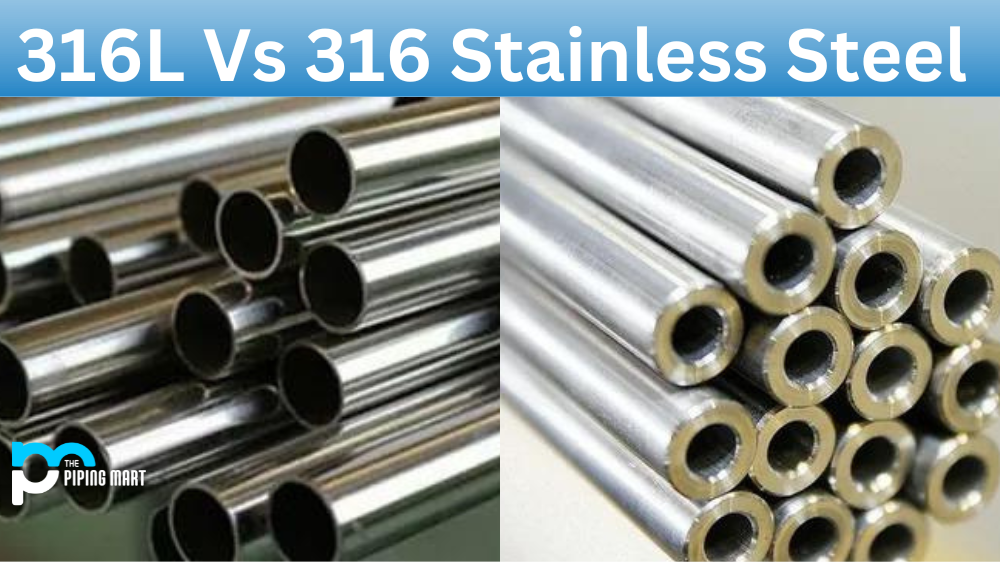Titanium is a fascinating metal known for its exceptional strength, durability, and corrosion-resistant properties. This quality makes it an excellent material for use in different industries, including aerospace, medicine, and automotive. However, not all titanium is created equal. There are different grades of titanium, and each comes with unique properties and applications. Two common grades of titanium are grade 23 and grade 2. This blog post explores the differences between grade 23 and grade 2 titanium, including their properties, applications, and benefits.
Difference Between Grade 23 and Grade 2 Titanium
Grade 2 titanium, also known as commercially pure titanium, is a low-strength alloy containing 99.2% pure titanium. It is lightweight, strong, and corrosion-resistant, making it an ideal material for different applications, including aircraft components, medical devices, and prosthetics. Grade 23 titanium, also known as Ti 6Al-4V ELI, is a higher-strength titanium alloy that contains 6% aluminium and 4% vanadium. It is more durable and resistant to wear and tear, making it suitable for applications that require higher strength and toughness, such as aerospace components, orthopaedic implants, and dental implants.
Applications of Grade 23 and Grade 2 Titanium
Grade 2 titanium is widely used in various industries, including aerospace, marine, and medical. It is used to manufacture aircraft parts, heat exchangers, prosthetic devices, and surgical implants. Grade 23 titanium is more commonly used in medical and dental implants and the aerospace and automotive industries. It is used to manufacture dental implants, bone screws, hip and knee replacements, engine parts, and structural components for aircraft.
Benefits of Grade 23 and Grade 2 Titanium
Grade 2 titanium offers several benefits, including excellent strength-to-weight ratio, corrosion resistance, and biocompatibility. These properties make it an ideal material for use in medical implants since it does not react with the human body and does not cause any allergic reactions. It is also lightweight, making it easy to handle and transport. Grade 23 titanium, on the other hand, offers higher strength and toughness, making it ideal for applications that require superior durability and wear resistance. It also has high corrosion resistance and biocompatibility, making it suitable for orthopaedic and dental implants.
Manufacturing of Grade 23 and Grade 2 Titanium
The manufacturing process of grade 23 and grade 2 titanium involves various processes, including forging, rolling, extrusion, and welding. Grade 2 titanium is typically hot-rolled or cold-rolled to form different shapes and sizes, while grade 23 titanium is forged and heat-treated to enhance its properties. Welding can also be used to join titanium parts, but it should be done carefully to avoid weakening the material’s properties.
Cost of Grade 23 and Grade 2 Titanium
Grade 23 titanium is more expensive than grade 2 titanium due to its higher strength, durability, and wear resistance. The production cost of grade 23 titanium is higher since it requires more complex manufacturing processes, such as forging and heat treatment. Grade 2 titanium is more affordable and widely available, making it a popular choice for different industries.
Conclusion
In conclusion, titanium is an exceptional metal that offers numerous benefits, including strength, durability, and resistance to corrosion. The choice of titanium grade for different applications depends on its properties and requirements. Grade 23 and grade 2 titanium are common in different industries. Grade 23 titanium offers higher strength, durability, and wear resistance, while grade 2 titanium is more affordable and biocompatible. Understanding the difference between these two grades of titanium is essential when choosing the right material for your application needs.




